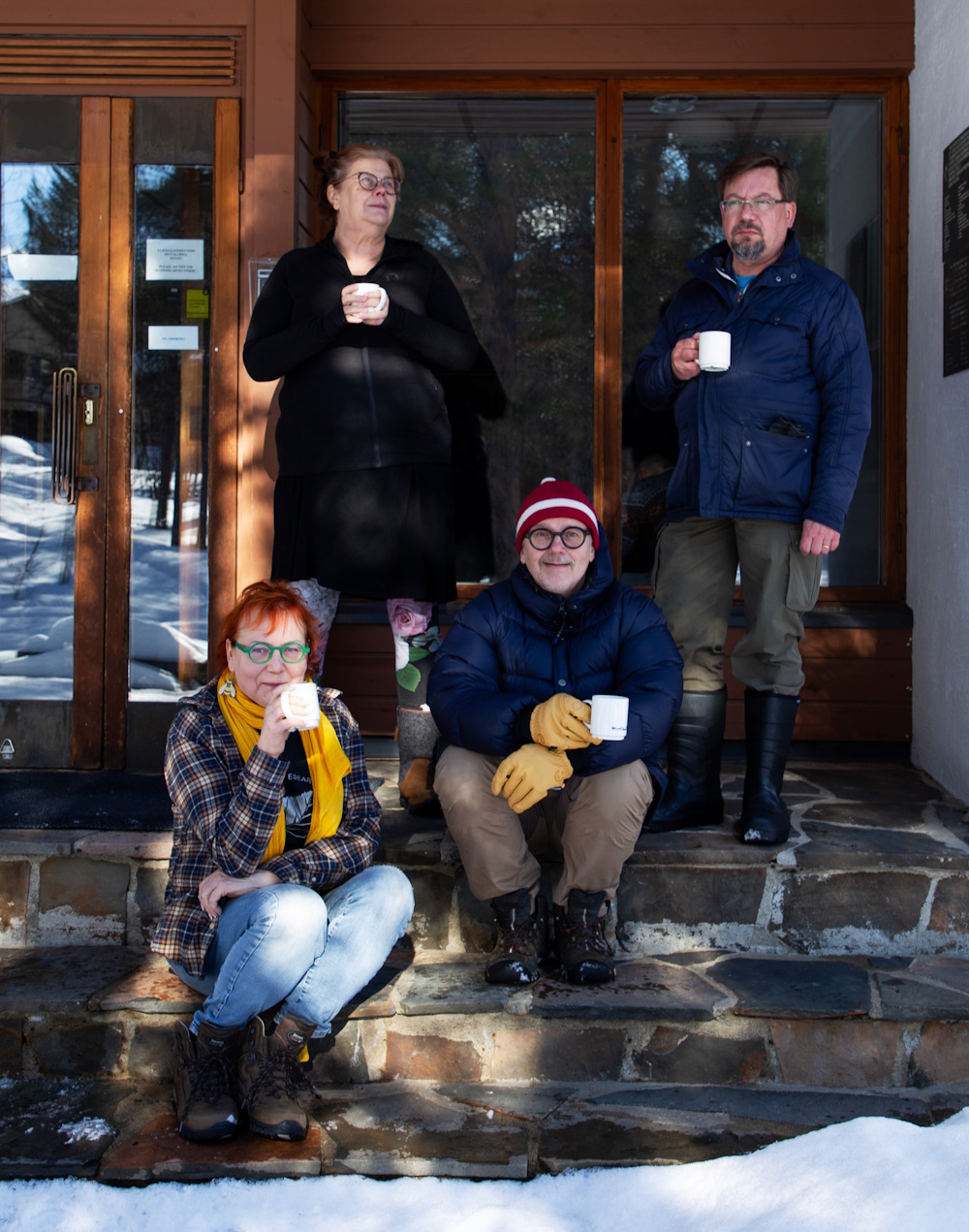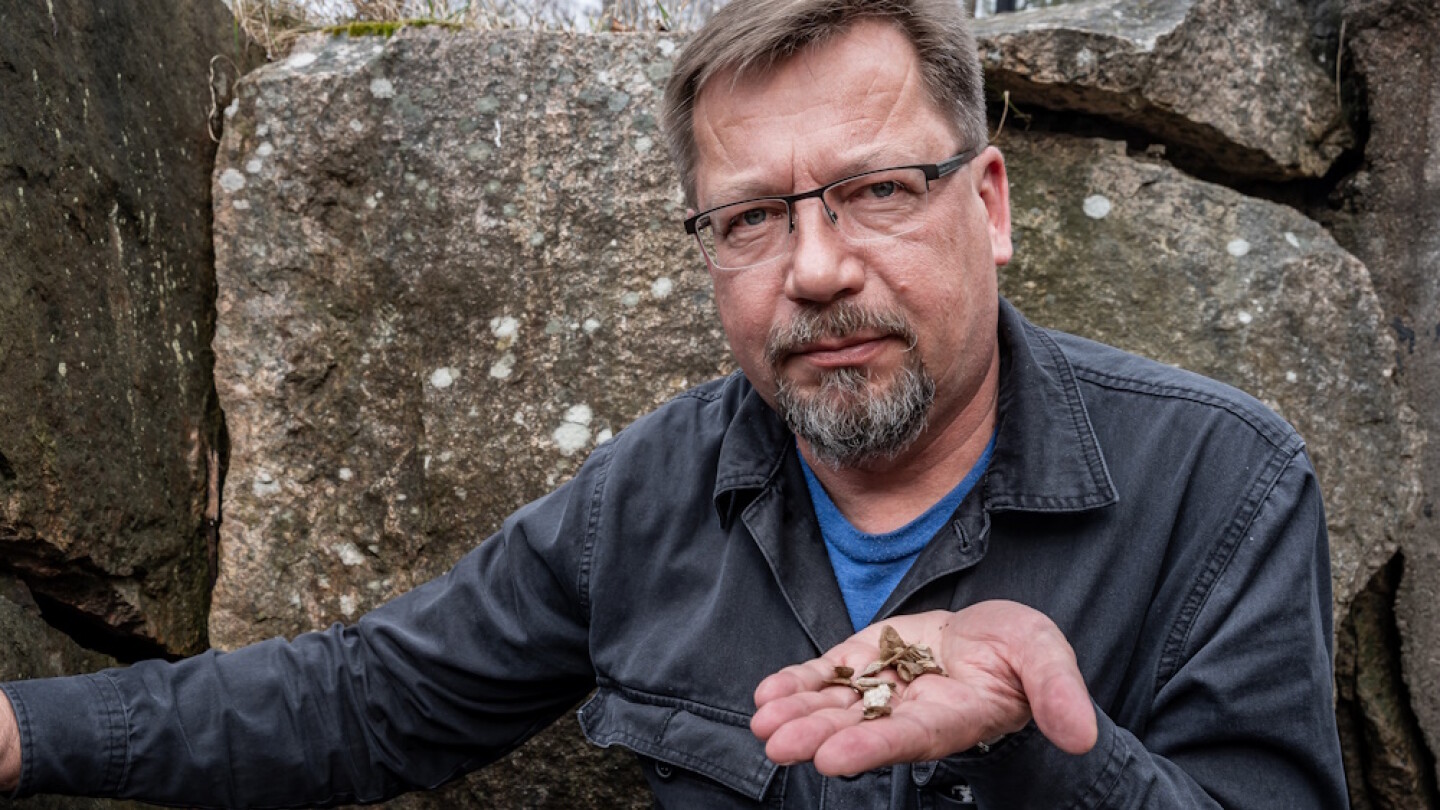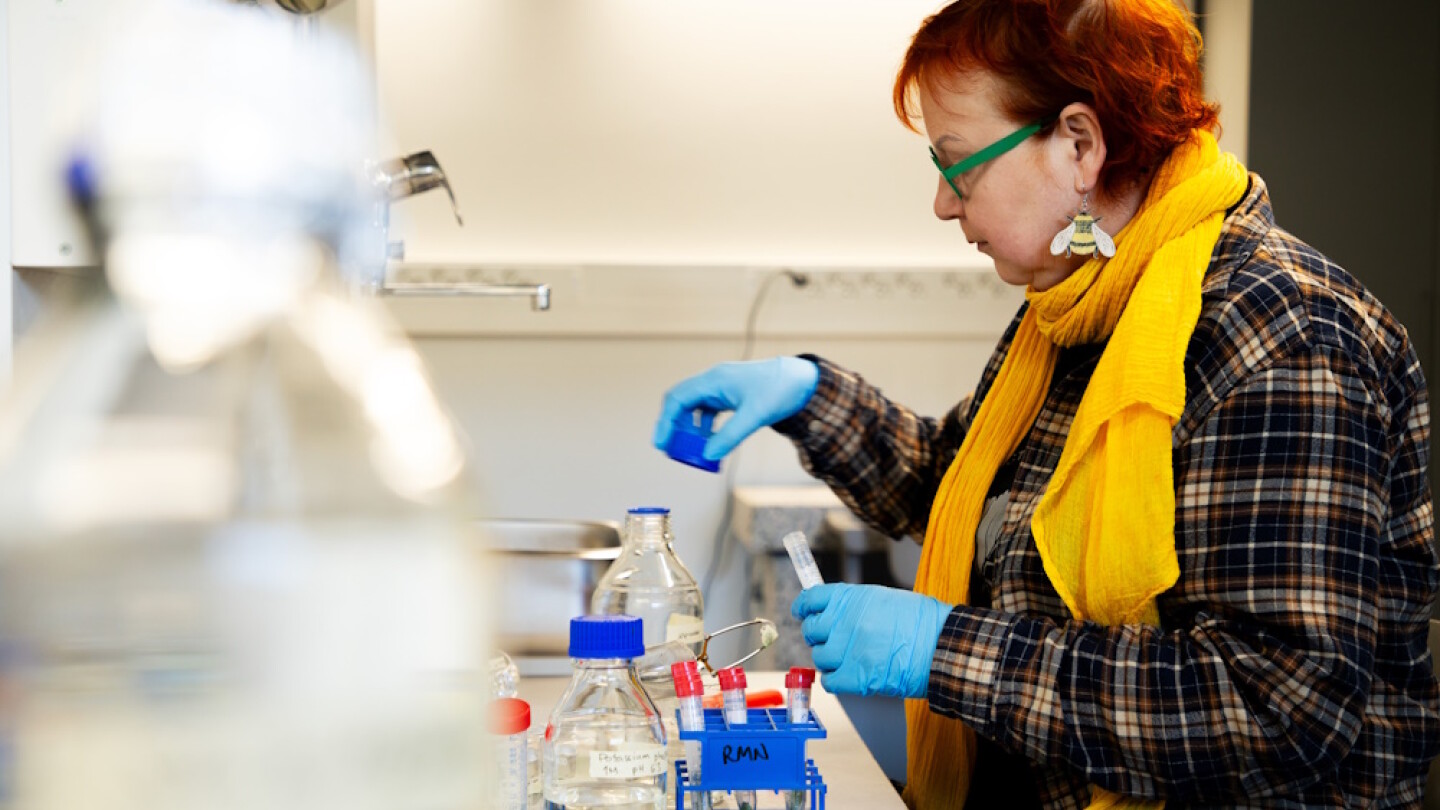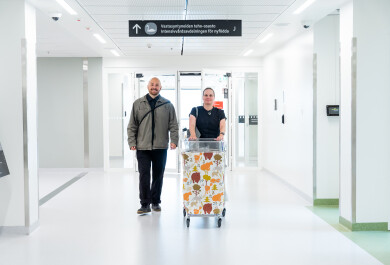The northernmost research station in continental Europe, the Kevo Subarctic Research Institute, collects valuable information about Arctic nature and environmental changes.
The Kevo Subarctic Research Institute of the University of Turku is located at the northernmost tip of Finland, in Utsjoki. The research station has been monitoring environmental changes in northern Finland for more than sixty years.
The Arctic is expected to warm up to four times faster than the global average. The effects can be seen in the northern ecosystems, where the species have adapted to the extreme conditions.
"Here in Utsjoki, we can already see the impacts of climate change in the environment and how they affect the daily lives of local residents. For example, Atlantic salmon have disappeared from the rivers and warmer winters affect reindeer husbandry, nature tourism, and other local livelihoods," says Otso Suominen, Station Manager of the Kevo Subarctic Research Institute.
Only a few species are able to survive in the harsh Northern conditions, and the ecosystems are fragile. The consequences of the environmental changes are difficult to anticipate, even for researchers.
Suominen points to the fell landscape as an example. The tree line has been expected to rice to higher altitude following the higher temperatures and longer growing season.
"New geometrid moths feeding on birch have spread here with the warmer temperatures. The damage caused by the moths, alongside reindeer grazing, hamper forest growth, and the tree line of the fells has shifted downwards. These kinds of biological interactions cause changes that are not always predictable.”
At Kevo, environmental changes are monitored with a wide range of studies. Some of Kevo’s long-term follow-up studies began in the 1970s, and even the geometer moth populations have been monitored at Kevo since the 80s. Some of the follow-up studies are carried out by the University of Turku, but Kevo is also a vital study site for many international partners.
Professor Kari Saikkonen emphasises the value of Kevo’s long-term experiments, including the tree line arboreta established in the 1970s.
"Long-term monitoring is crucial for detecting environmental changes”, Saikkonen explains. “But at Kevo, we also conduct a range of well-designed experimental studies, such as the tree line arboreta. By combining continuous observational data with controlled experimental research, we can move beyond simply documenting changes—we can identify their underlying causes and examine how different factors interact. Without both approaches, understanding these complex ecological processes would not be possible," Saikkonen says.
Wealth of northern nature is in the genes
Plant species that thrive in Finland have adapted to extreme seasonal variations and the light environment. The further north you go, the more variation the species have adapted to tolerate.
"Now, species that have adapted to survive long, harsh winters must either adjust to a warmer climate, migrate further north, or face extinction. However, they can't go much further north from here—beyond here lies only the Arctic Sea," says Saikkonen.
As new species arrive from the south, competition increases as well.
"Many fell plants and species adapted to treeless tundra will certainly disappear. Local species are well adapted to these environmental factors, but they are not very good competitors if new species spread here from the south. When the habitat of snowbed plants disappears from Finland, many species disappear from here at the same time," says Riitta Nissinen, University Lecturer in Physiology and Genetics.
”Species can be viewed as repositories for genetic information.”
– Kari Saikkonen
Although often perceived as low in species richness, the Arctic harbors substantial biodiversity—particularly in terms of genetic and functional diversity. “The Arctic and subarctic regions serve as important zones for natural hybridisation, especially among taxa such as birch, willow, and salmon,” explains Marjo Helander, a researcher in ecology and evolutionary biology.
This underlying genetic diversity is of particular interest to evolutionary biologists.
“Species can be viewed as repositories for genetic information,” says Professor Kari Saikkonen. “When genetic diversity is lost, ecosystem resilience diminishes, and the recovery of biological communities slows significantly. Hybridisation may serve as an important mechanism for enhancing adaptive potential and supporting species persistence under changing environmental conditions. This is a key focus of our current research,” Saikkonen adds.

Snow might disappear but the polar night stays
Helander points out that Finland’s climate is unusually mild for its latitude. Helsinki lies at the same latitude as Fairbanks, Alaska, and southern Greenland, yet remains more temperate thanks to the Gulf Stream.
"Finland is the world’s northernmost agricultural country”, Helander notes. “Conditions elsewhere in the Arctic are much tougher.”
Saikkonen emphasises that research on the northern environment will become more important in the future for this reason. As climate zones shift, the importance of northern research increases. “The Northern Hemisphere has more landmass than the south. As global agriculture adapts to climate change, the subarctic could become increasingly important,” says Saikkonen.
”The effects of permafrost melting are related to microbial processes. ”
– Riitta Nissinen
Even though winters are getting warmer and snowbeds are disappearing, some conditions remain unchanged.
"The light conditions remain unchanged. Here, all plants must always be able to cope with the darkness. No matter how much the temperature rises, polar regions won’t never experience tropical conditions year round because of the light environment," Helander says.
Nissinen points out that our scientific knowledge of the Arctic is still limited compared to the lower latitudes.
"It was only when I worked abroad that I realised how far north we Finns really live and what that means in terms of research. We already have a sense of winter, an understanding of what coping with the cold means for species. However, we still know very little about some things. We need to gather information urgently, because the northern nature and especially the winters are already changing rapidly" says Nissinen.
Nissinen's own research has focused on plant microbes. There is ample research on plant microbes in Southern European crops, but little information is available on the associated processes in the Arctic environment. However, microbes can have a massive impact on environmental changes.
"For example, the effects of permafrost melting are related to microbial processes. The activation of microbes produces significant emissions, which can have terrible consequences," says Nissinen.
Kevo’s growing global role
Suominen wants to talk more about the permafrost mentioned by Nissinen.
"Comprehensive research into the phenomenon is impossible at the moment, as research cooperation with Russia has stopped and research data from Russia is no longer available. This is a major concern in international research cooperation. As the collaboration with Russian research institutes ended, Kevo’s role in international cooperation in the Arctic region became more important, and we have received more requests for cooperation," says Suominen.
The northernmost research station in continental Europe serves as an internationally important measuring site. Kevo is therefore an important part of the European research infrastructure network.
“The Svalbard Islands, which belong to Norway, have research stations that are even further north, but from a global perspective, we offer unique opportunities to monitor Arctic nature,” says Suominen.
Professor Kari Saikkonen agrees, emphasising Kevo’s global relevance: “We have visited numerous research facilities around the world, and Kevo meets a high international standard. Continued investment in its infrastructure is essential, especially as the demand for Arctic climate research continues to grow. Kevo’s geographic location offers a unique vantage point for studying ecological responses to climate change in the Arctic—an area of profound global importance.”
Text: Liisa Reunanen
Photos: Viivi Saikkonen, Hanna Oksanen






